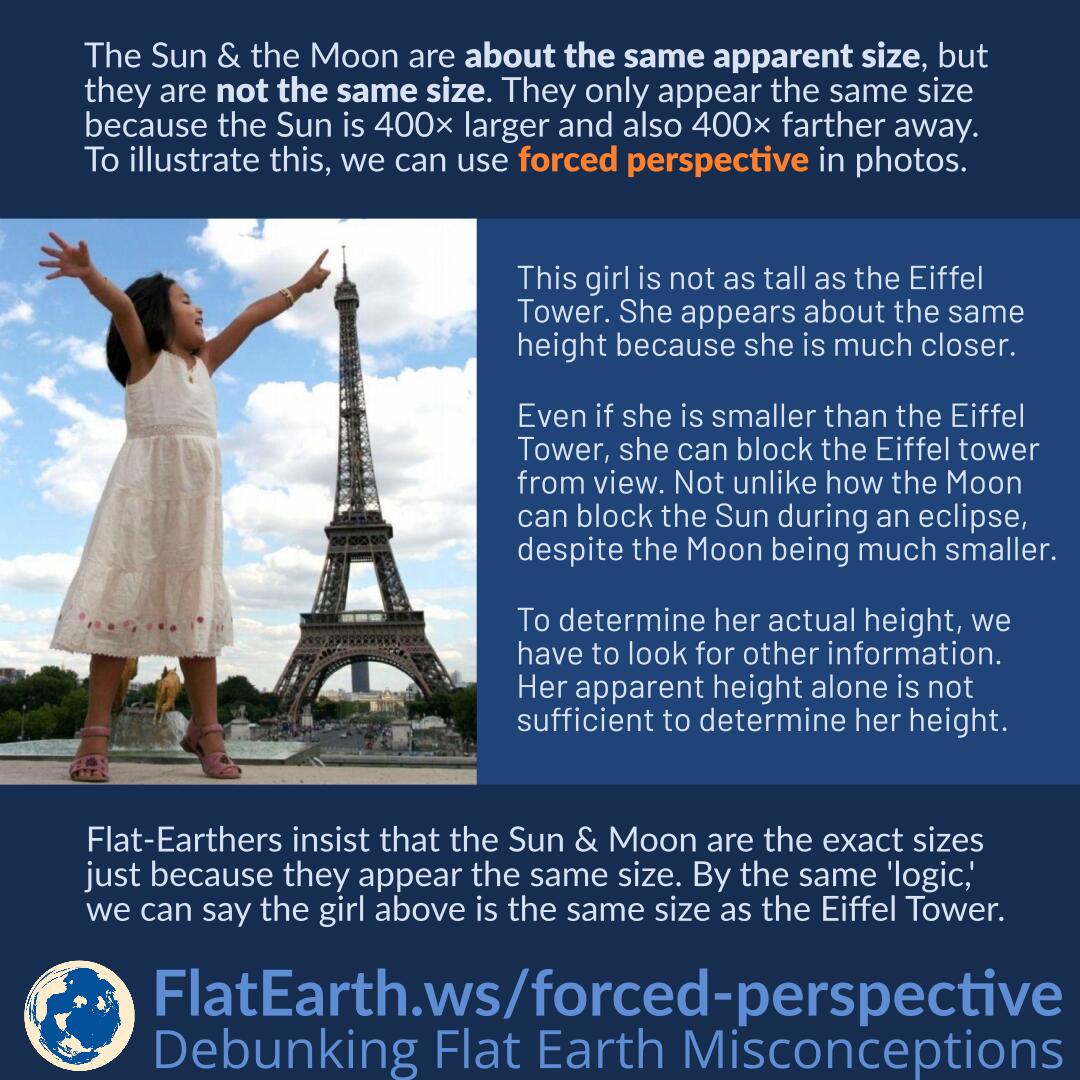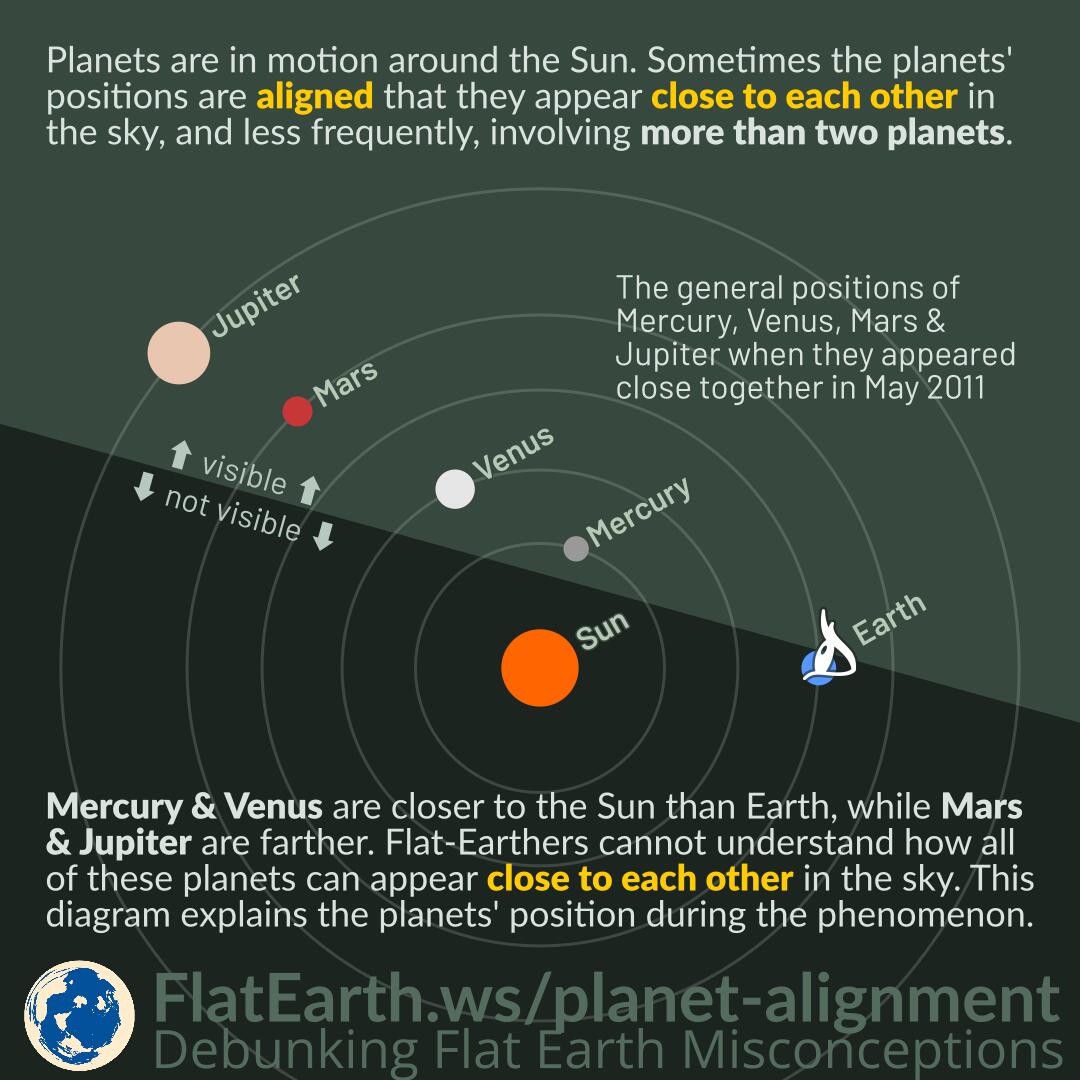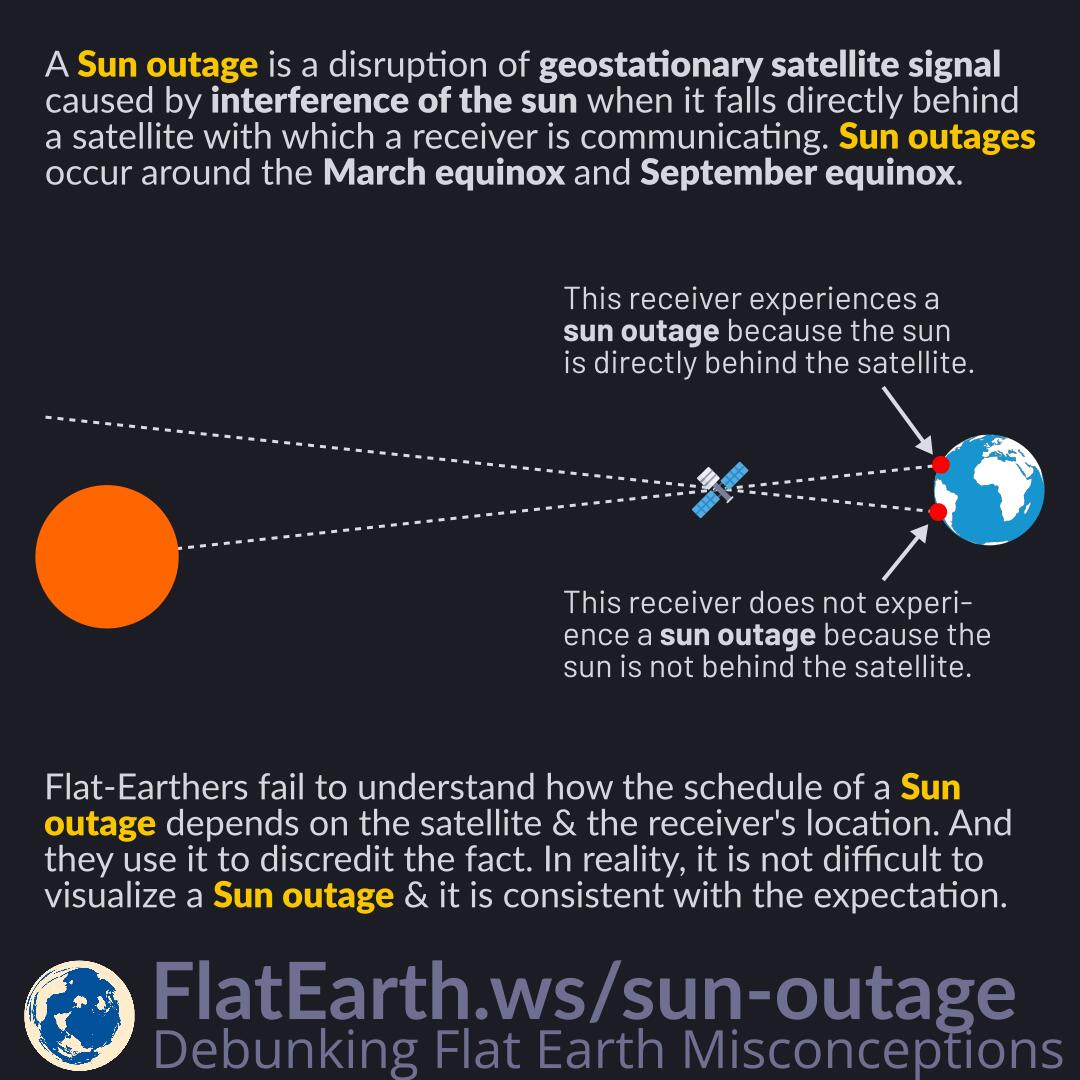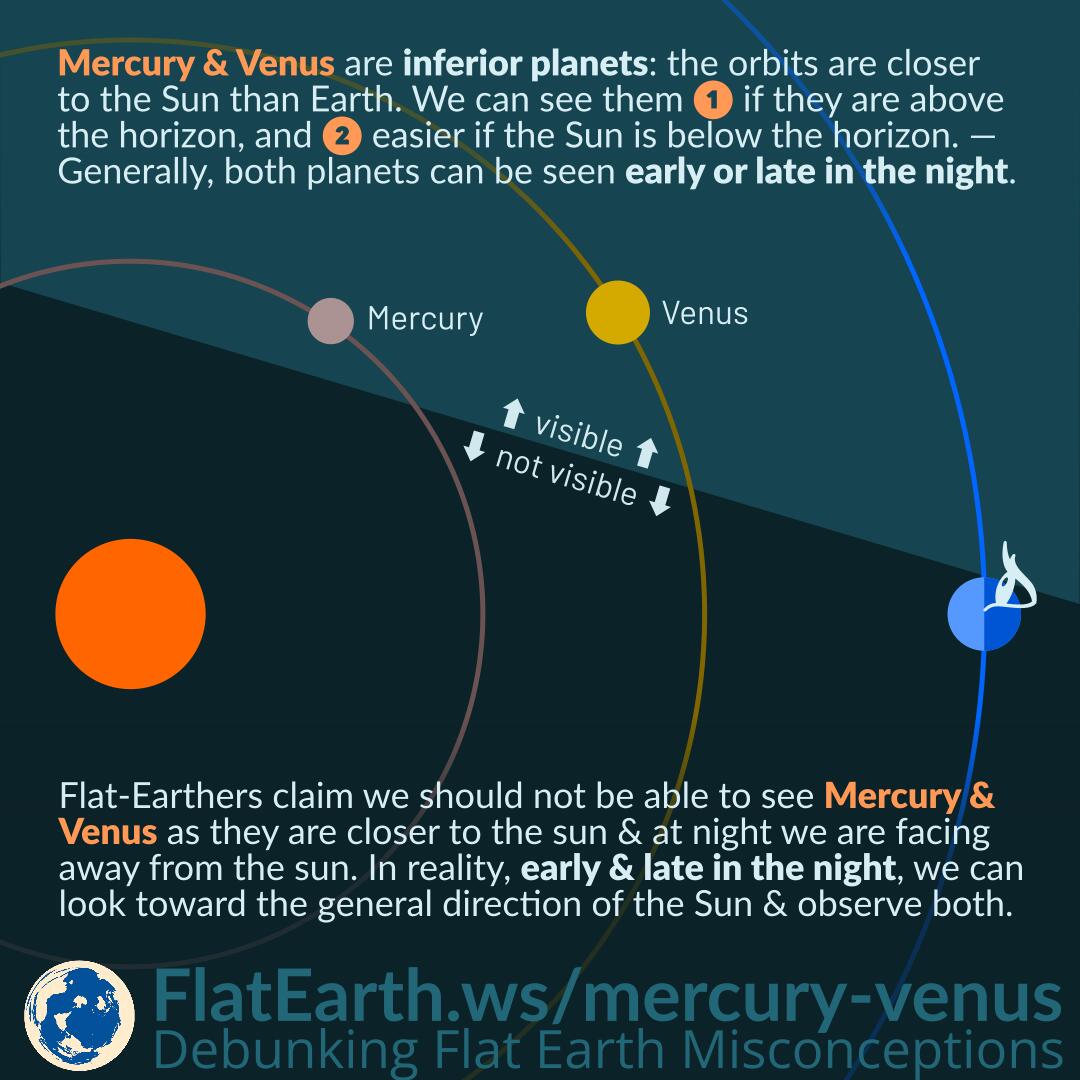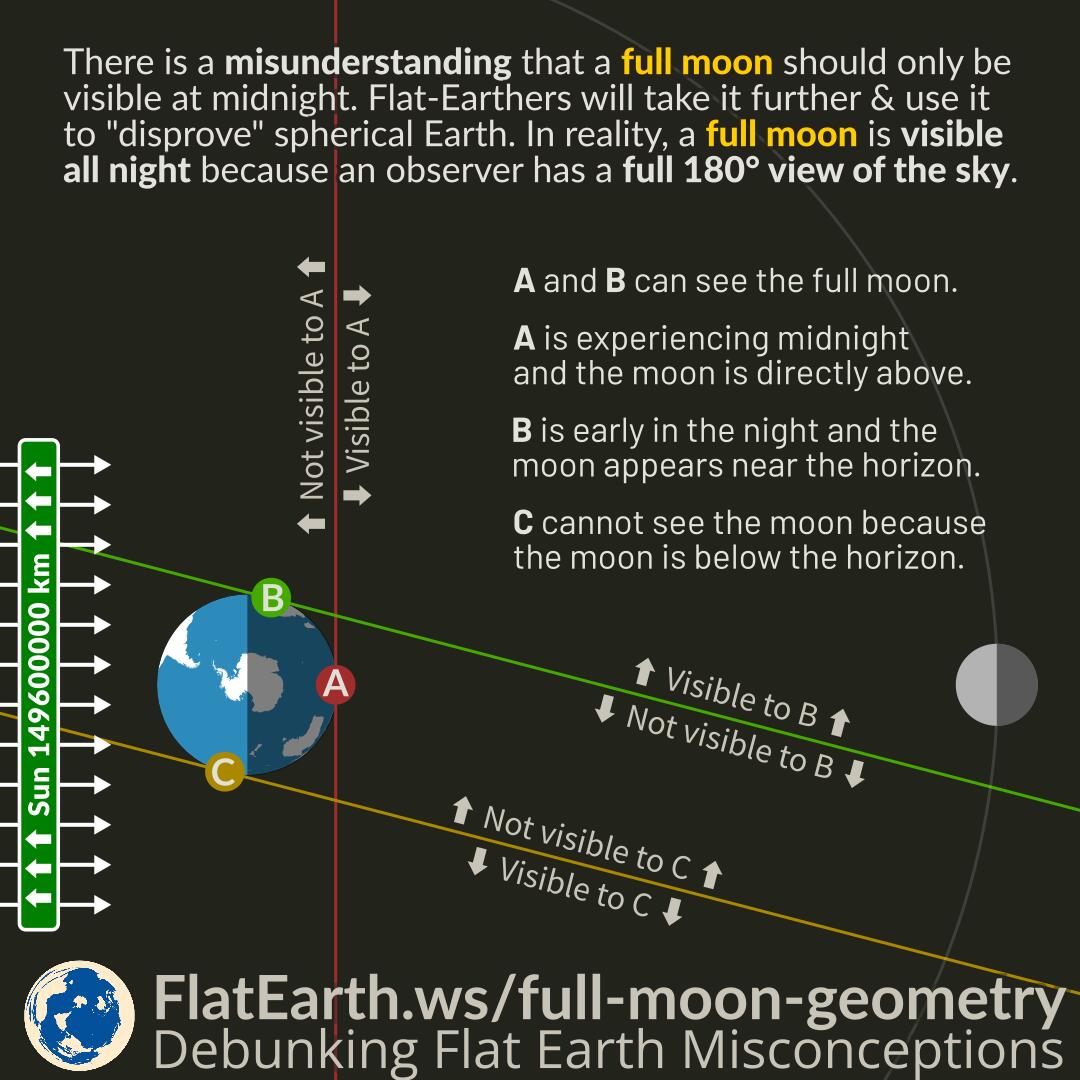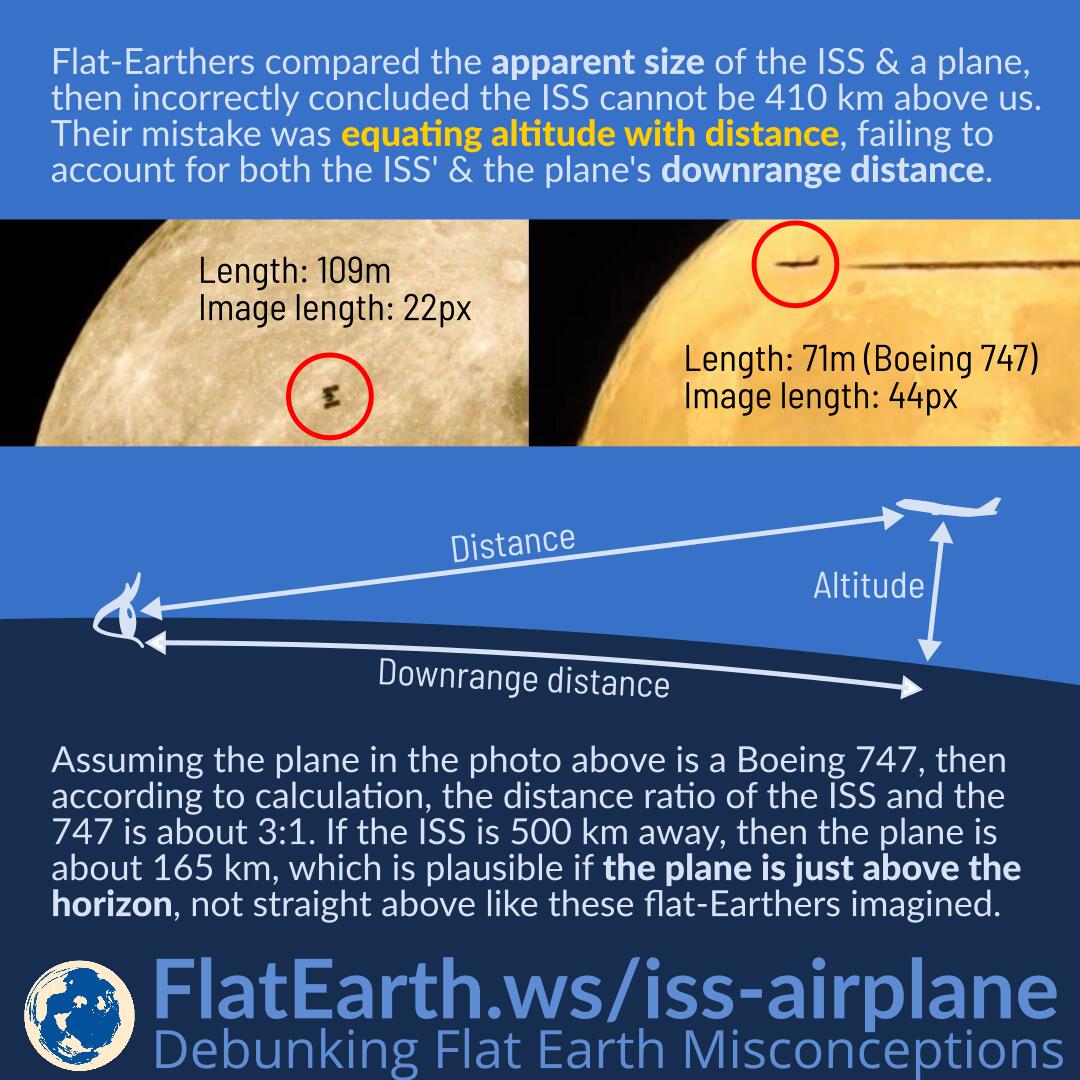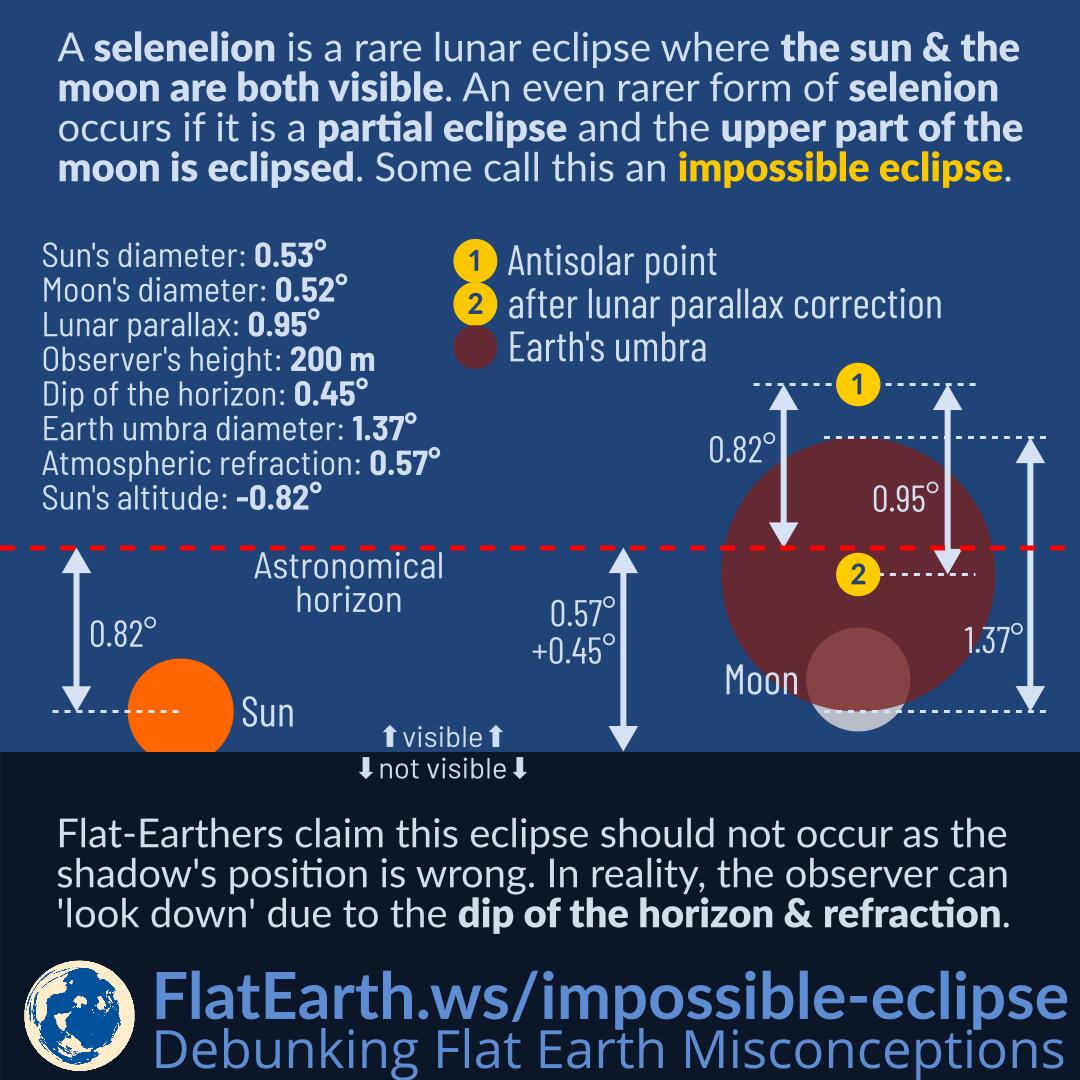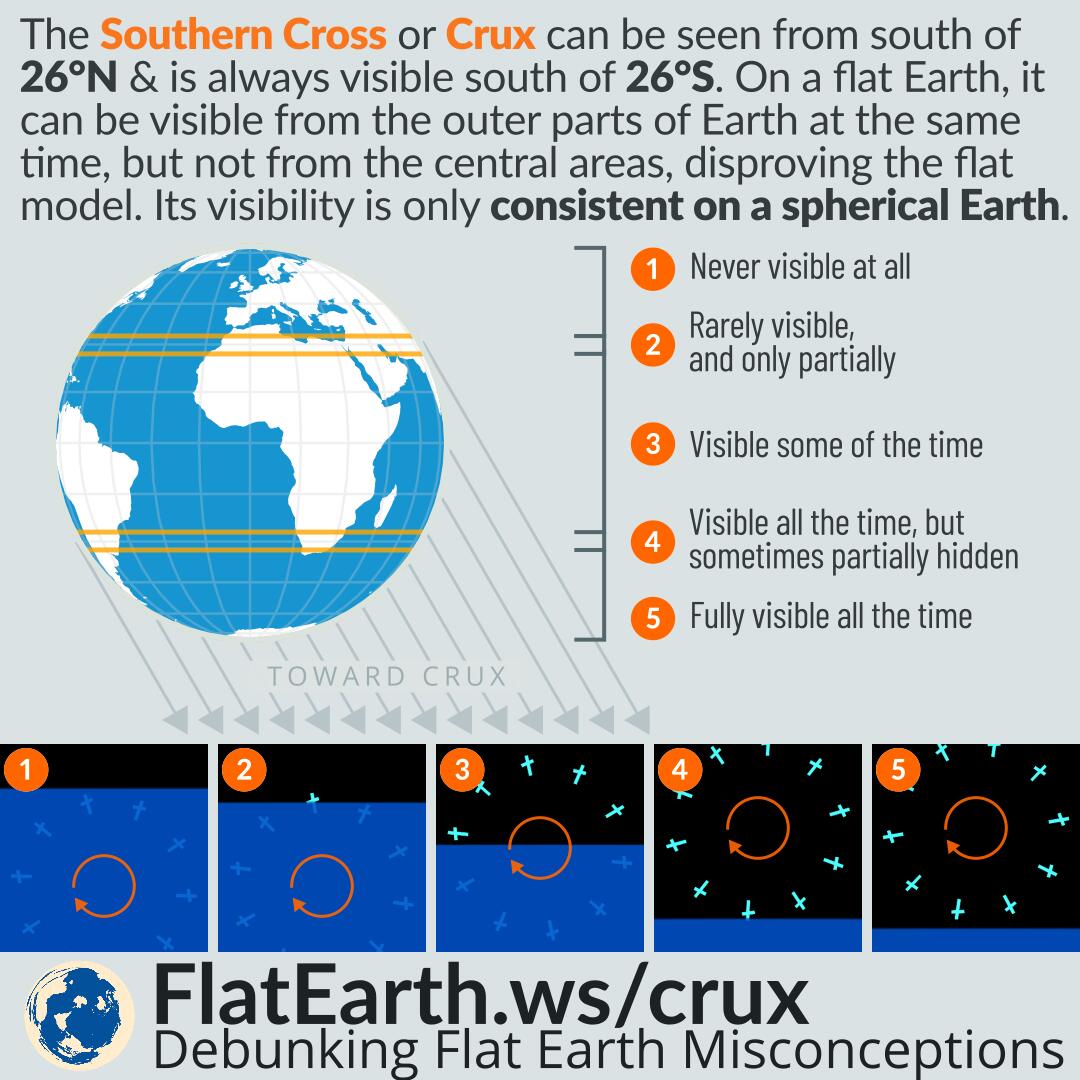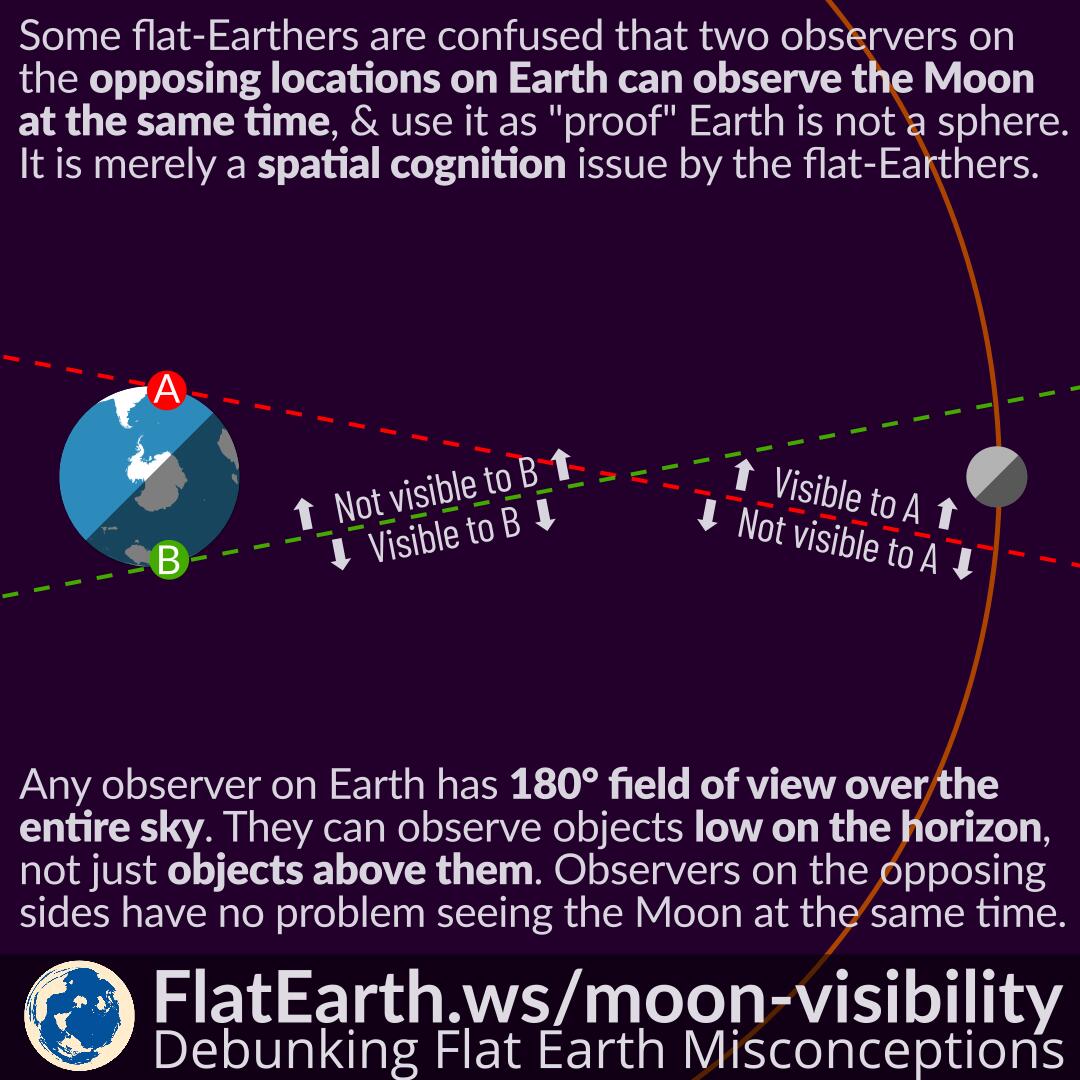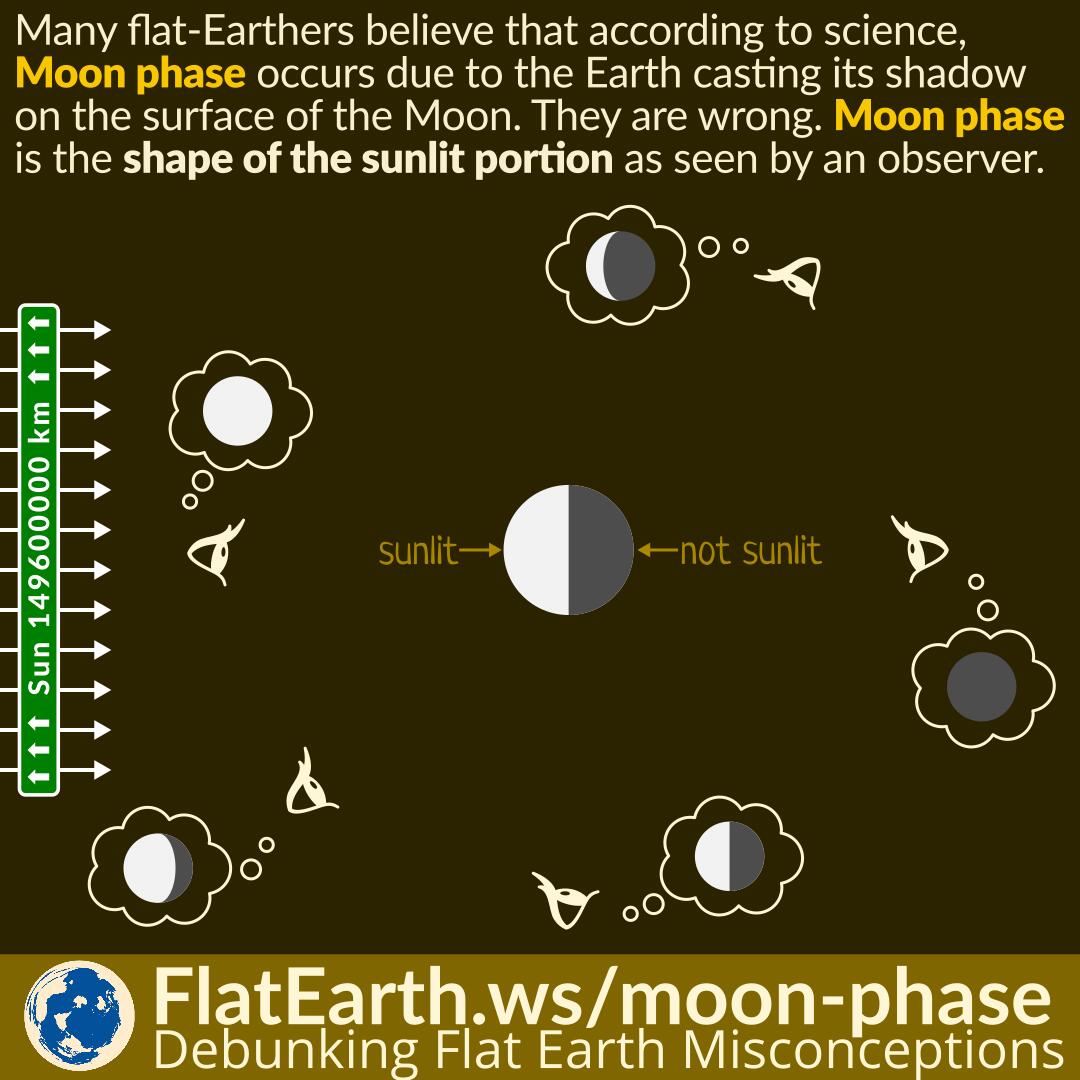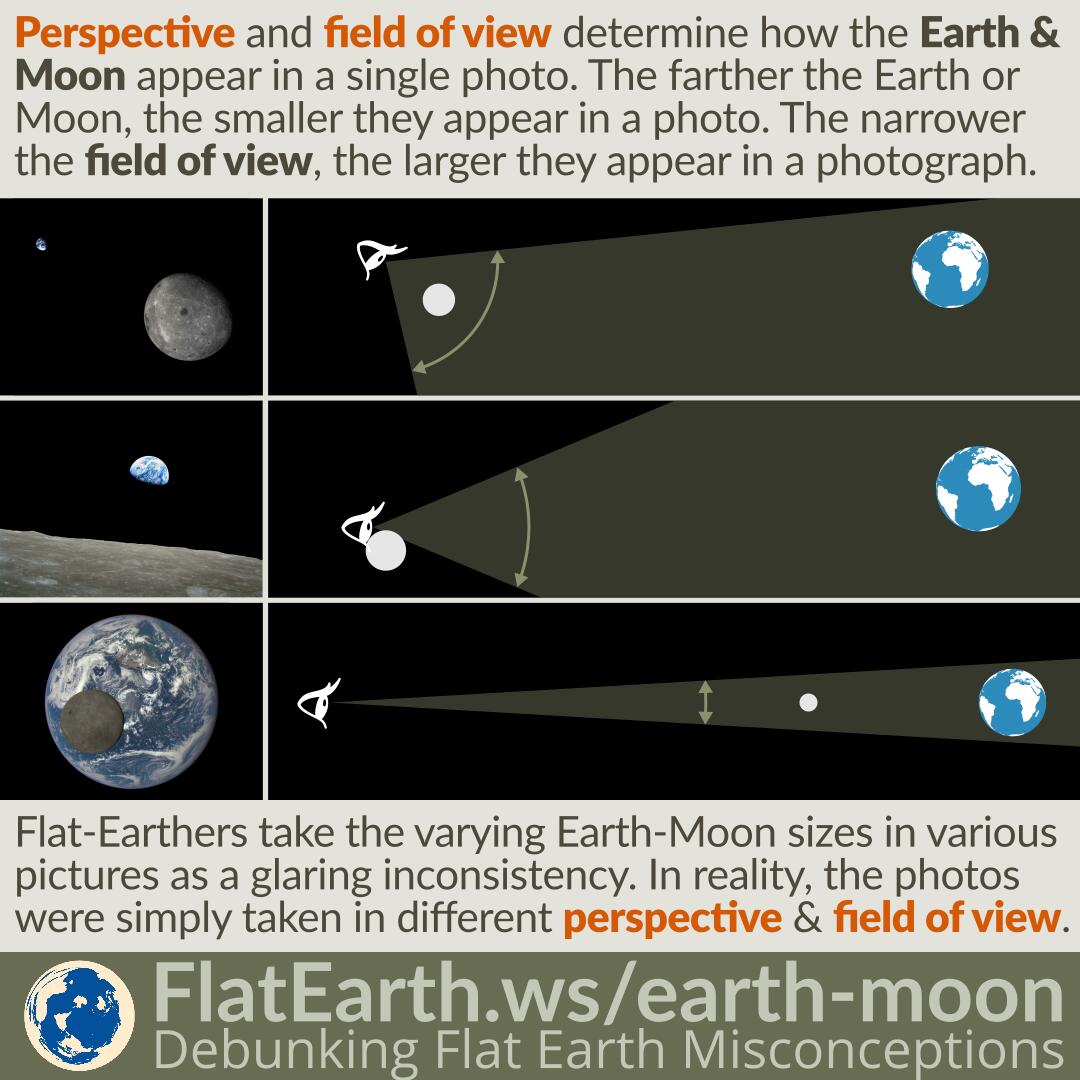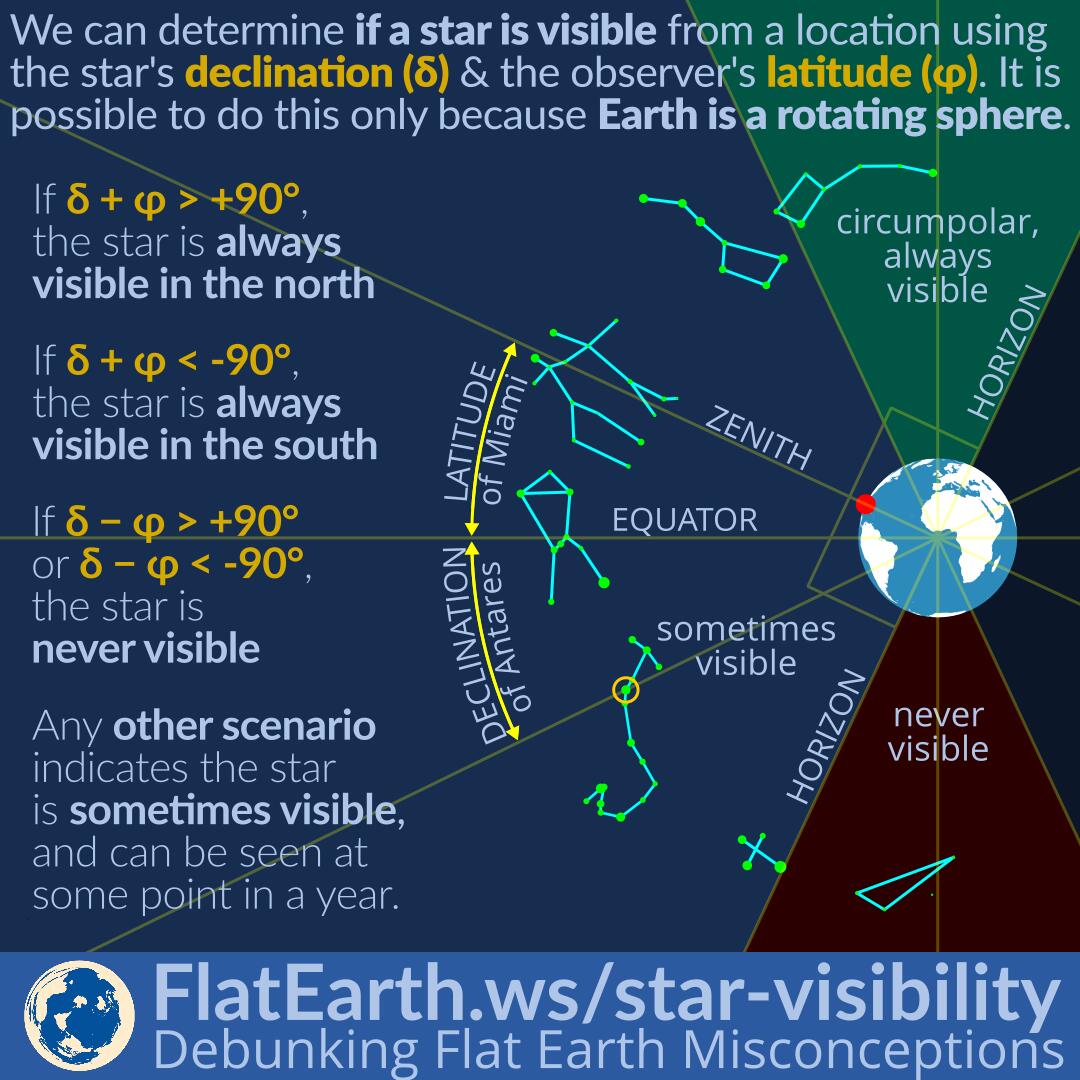Sunspots are darker spots on the surface of the Sun. The location where sunspots appear is unpredictable, but the appearance of sunspots is always the same when observed from anywhere on Earth; only the orientation is different on different observer location. Observers on the opposite position on the Earth will see the sunspots reversed. The reason is that the Earth is a sphere. Any two observers on Earth’s surface are not standing on the same plane.
Some flat-Earthers have spatial awareness difficulties and present the difference of the appearance of sunspots as ‘evidence’ the Earth is not spherical. They are wrong. If the Sun were close as in the flat Earth model, we would see the different appearance of sunspots on the different observer location. In reality, everyone on Earth observes the same appearance of sunspots, only with the different orientation that corresponds to the position of the observer.


